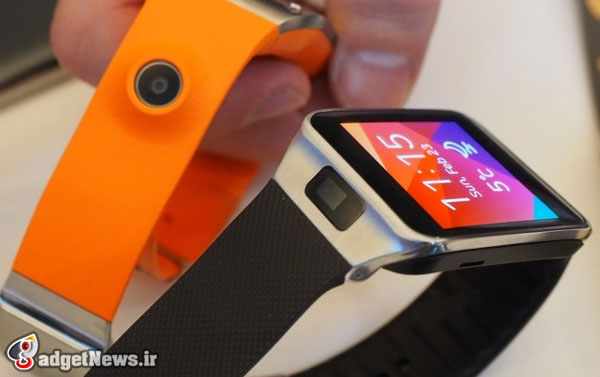
یکی از بزرگترین مشکلات ابزارهای پوشیدنی مانند ساعتهای هوشمند این است که با خرید آنها باید به جز گوشی و دیگر گجتها حواستان به شارژ یک دستگاه دیگر نیز باشد. اما محققان در تلاشند تا یک راه حل مفید در این زمینه عرضه کنند.
همانطور که میدانید ساعت هوشمند Galaxy Gear سامسونگ با استفاده عادی حدود دو روز جوابگو خواهد بود و حتی ابزار کم مصرفی مانند دستبند هوشمند Gear Fit نیز بیش از ۴ روز را با یک شارژ دوام نخواهد آورد. محققان انیستستور دانش و تکنولوژی کره جنوبی یک برچسب الکترونیکی تولید کردهاند که میتواند با اتصال به دستبند یا ساعت هوشمند از گرمای دست برای شارژ ابزار پوشیدنی استفاده کند.
در این روش شارژ فیبرهای شیشه جزء اصلی را تشکیل داده و به صورت لایه لایه و با نوعی چسب به هم متصل شده که میتواند به وسیله اخلاف دمای بین پوست بدن و هوای اطراف الکتریسیته تولید کند. با وجود اینکه کاربرد فعلی این روش برای ابزارهای پوشیدنی است اما ممکن است در آینده حتی خودروها و ساختمانها نیز با فناوری مشابه برق تولید کنند و نیاز بشر به سوختهای فسیلی و اتمی کاهش یابد.
منبع : slashgear
Wearables future could include body heat-based charging
One aspect of wearable technology that has been a central concern is battery life — finding the comfortable mixture of size and longevity, and deciding on the ideal way to charge a device. In the future, that issue could be laid to rest with the use of flexible patches that charge batteries using body heat.
Korea Advanced Institute of Science and Technology researchers created a flexible and thin patch that does just this, converting the heat from one's body into electricity to power a wearable device. The uses for it are obvious, and could one day eliminate the need for manual charging, wireless or otherwise.
Glass fibers are the main component in the charger, being woven together to make a sheet. A variety of pastes are then said to be used with the temperature differential between one's skin temp and the ambient temperature, ultimately converting the body heat into electricity.
The benefits could extent beyond the use of wearable technology, as well, harvesting the lost heat from all sorts of devices, ranging from cars to machinery and possibly even city structures, converting it back into usable electricity to keep buildings and such powered.
Check out our SlashGear Wearables Hub for more wearables news and reviews.
 گجت نیوز آخرین اخبار تکنولوژی، علم و خودرو
گجت نیوز آخرین اخبار تکنولوژی، علم و خودرو 





